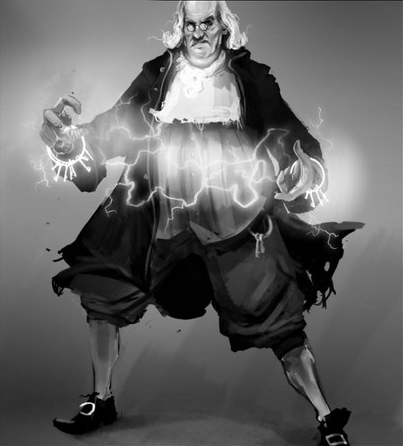Although we've only had a couple meetings so far, you can't say our Kinder students haven't already hit the ground running in some important thinking skills.
First, we've been introduced to a thinking system developed by Dr. Edward De Bono called "The Six Thinking Hats." It is a system used in schools and in the corporate world for approaching problems. Each of the six hats has a color and represents a different lens through which to view the problem. We started at the knowledge level--just understanding each of the hats--but are now beginning to apply the hats ourselves.

Second, we've been introduced to an entertaining but deceivingly difficult logic game called SET. It incorporates visual reasoning through the use of attributes. I could try to explain it myself, but the web site of the manufacturer does a pretty good job. If you go to the "Set Daily Puzzle" section and click on the man with the hat, he'll walk you through a tutorial: www.setgame.com/set/daily_puzzle

First, we've been introduced to a thinking system developed by Dr. Edward De Bono called "The Six Thinking Hats." It is a system used in schools and in the corporate world for approaching problems. Each of the six hats has a color and represents a different lens through which to view the problem. We started at the knowledge level--just understanding each of the hats--but are now beginning to apply the hats ourselves.

Second, we've been introduced to an entertaining but deceivingly difficult logic game called SET. It incorporates visual reasoning through the use of attributes. I could try to explain it myself, but the web site of the manufacturer does a pretty good job. If you go to the "Set Daily Puzzle" section and click on the man with the hat, he'll walk you through a tutorial: www.setgame.com/set/daily_puzzle
























